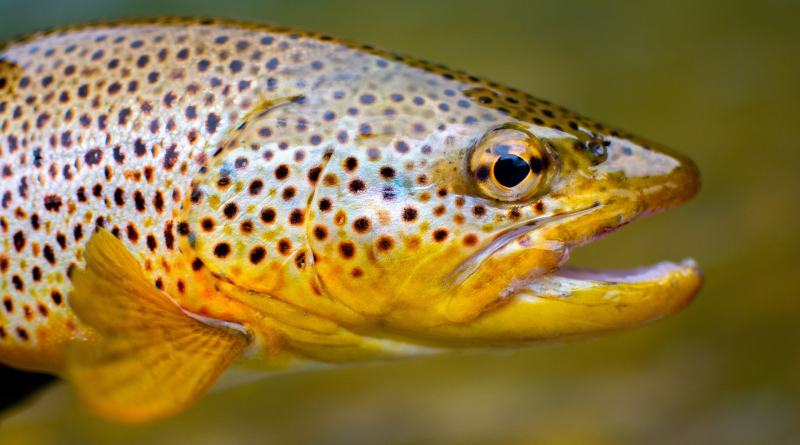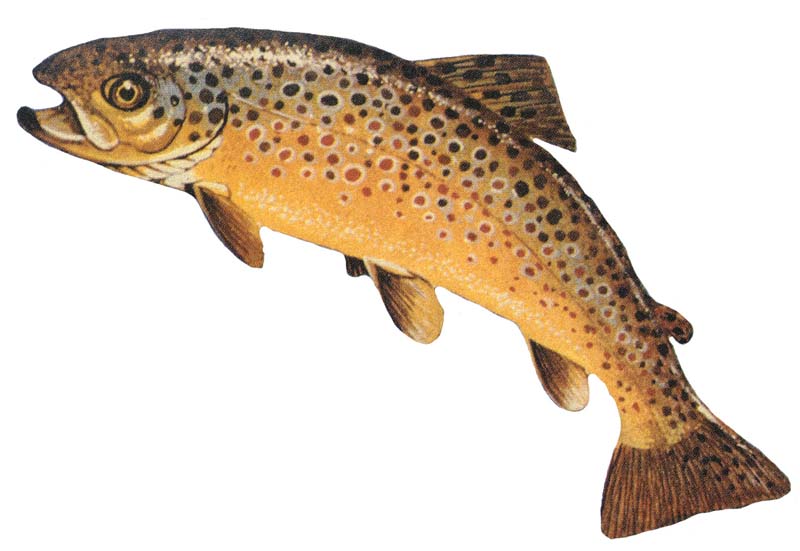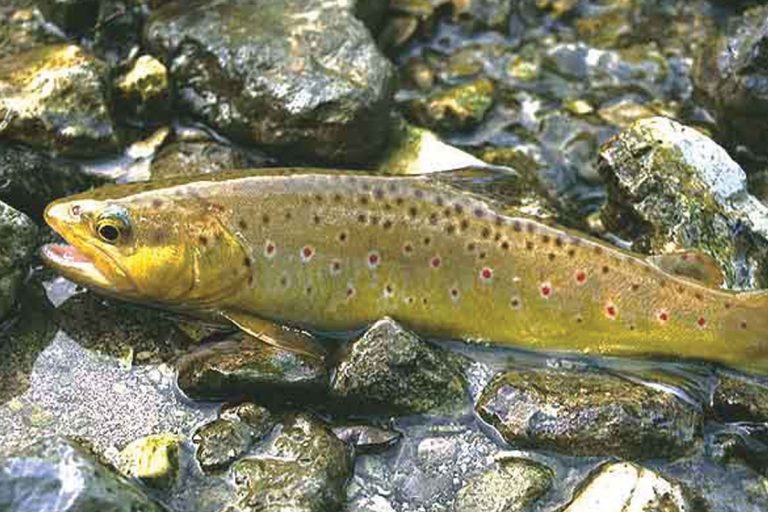Characteristics
It is a freshwater fish of the Danube basin from the salmonidae family. Depending on the food supply, river trout is 20 to 80 cm long; but it can be up to 1 m long and weigh more than 13 kg.
| Species | A fish |
| Habitat | Lake, Swamp, Streams, Rivers, Pond |
| Size | 20-80 cm |
| Weight | up to 6 kg |
Description
Their back is olive-dark brown and silver-blue, red spots with a light edge appear up to the belly, the belly itself is whitish yellow. They can live up to 18 years. River trout grows into large lake trout in the lake, but they remain small in mountain streams. Such differences occur mainly due to the amount of food, which is abundant in the lake, but scarce in the mountain stream. Depending on the coloration, two phenotypes of river trout can be distinguished: • Black Sea phenotype − native species to Slovenia. It can be recognized by its red dots on a white background • Atlantic phenotype − it was brought to Slovenian habitat. It can be recognized by exclusively black dots. Its environment is clean and cold water. The most favorable water temperature is between 6 and 18 degrees Celsius. Only unregulated water with many rapids, meanders and pools, water with rich riparian vegetation that gives shelter to fish and many other animals can be completely clean and healthy. River trout is known for not being vagrant and that it does not tend to swim far like the rainbow trout. If possible, it stays in its area, which is especially evident when it hasn’t rained for a long time and the river bottom turns golden brown. This coloration of the river trout does not occur when the fish continuously moves its tail. Therefore, in low water, light spots on brown sand mean that there is a habitat of a river trout. Otherwise, the habitat of the river trout is a few tens of meters of the river or stream. Its location depends on what it is doing. In principle, it prefers still water. It often lingers near the river bank where the water is deeper and calmer.
Source: lifehabitats.com





